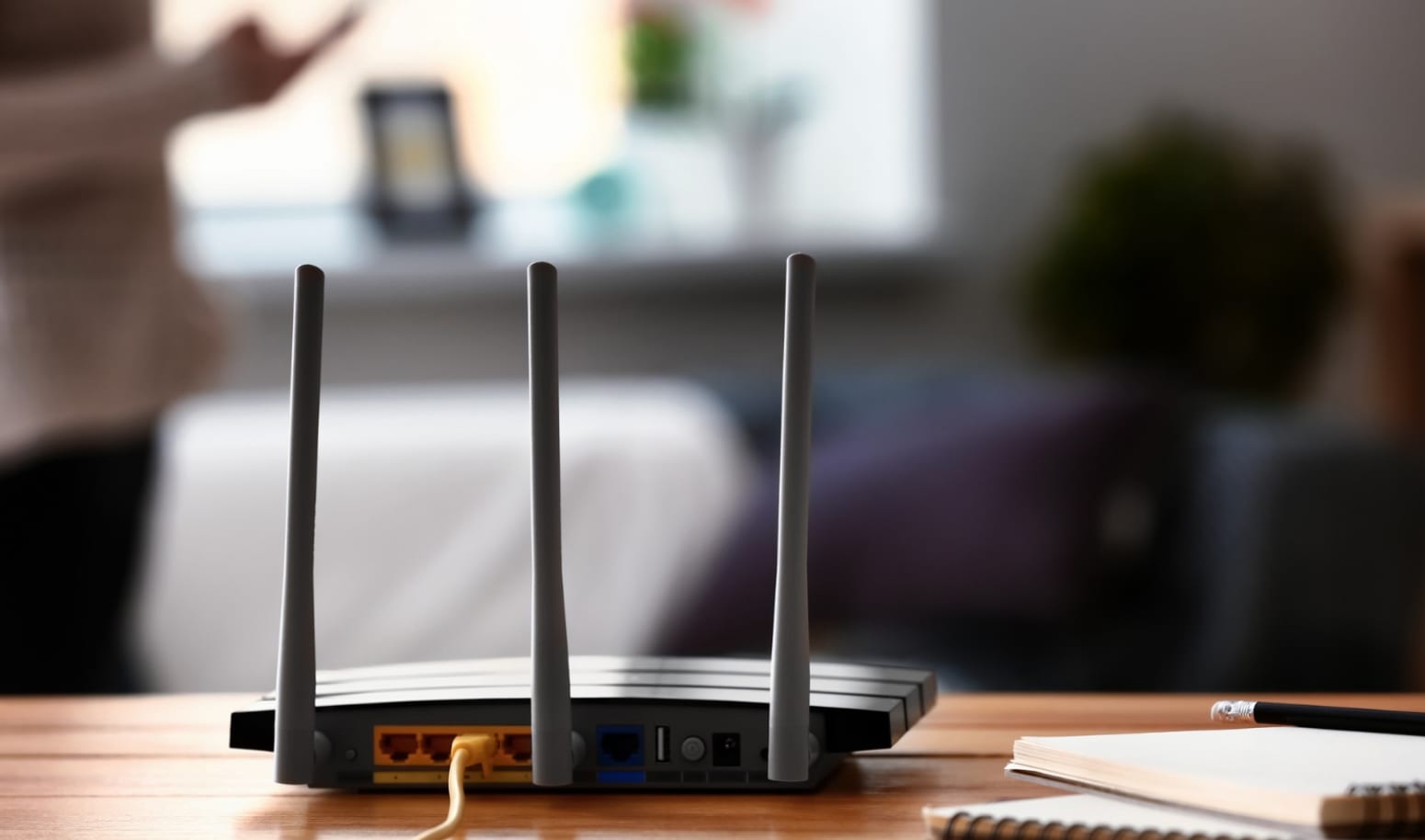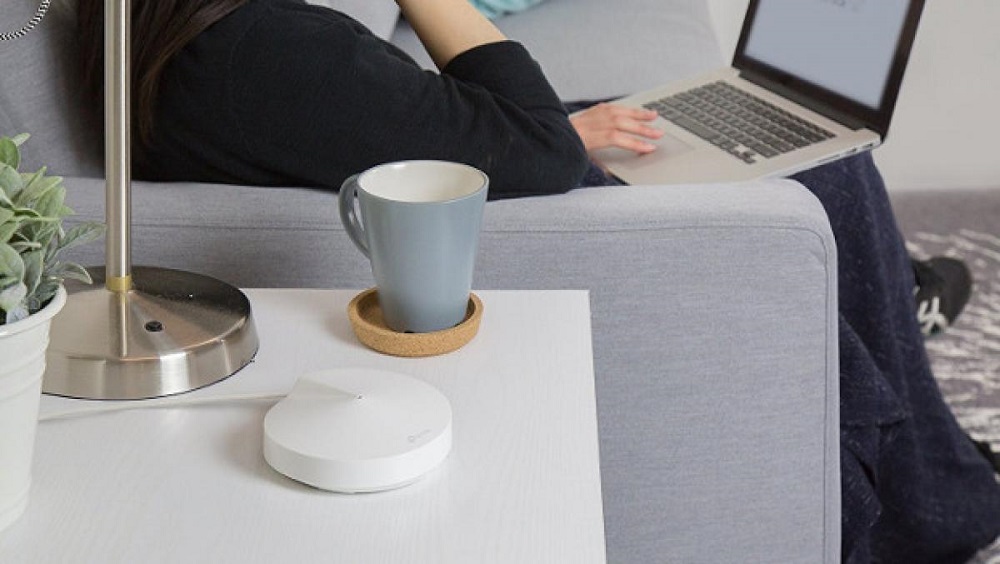Internet connection has become essential in any home in the last decade. This reality is even more evident today, with the increase in teleworking and the increase in the number of connected devices in every corner of the house. WiFi repeaters are a good solution for expanding a wireless network, but to get the best results, a number of factors must be taken into account.
For this reason, Devolo experts have shared a document in which they offer keys and tips to optimally place a WiFi repeater and improve the performance of the Internet connection in any space, considering aspects such as the distance at which they should be placed these devices, their position or existing alternatives for long distances.
From Devolo they explain how these WiFi repeaters work, which receive the signal emitted by the ‘router’ to amplify it and broadcast it again. For this reason, repeaters are also often called ‘amplifiers’.
A critical factor for the speed and wireless stability of this ‘WiFi extension’ is the quality of the connection between the ‘router’ and the repeater. This means that the best possible positioning is really important to optimally extend the connection.
Correct distance and WiFi interference factors

When choosing a position for the repeater, the user should take into account that the closest location is not automatically the best. For example, in a house where the office is far from the ‘router’, placing the repeater in that room can only mean that “if it finally receives a weak signal, what it forwards is also a weak signal.”
In this example, the weak connection between the ‘router’ and the repeater would reduce the online connection. The repeater would hardly have any effect. For this reason, what the experts recommend is to place the repeater “more or less halfway between the router and the devices that are going to use WiFi”. “This means that the repeater will be able to receive a sufficiently strong signal, capable of extending,” they detail.
Also, if possible, the repeater should be located in the center of the room or corridor, and not hidden, for example, in a corner of the room. Walls and furniture decrease the transmission capacity and therefore weaken the WiFi signal. Also, microwaves or wireless computer accessories can interfere with WiFi due to radio waves. “Even water slows down the signals, and it doesn’t have to be water from a large home aquarium. Water pipes, underfloor heating, and even flower vases and clotheslines with wet clothes impede the rooms below.” have good WiFi reception,” the document adds.
The best position and alternatives for long distances

When looking for the ideal location for the repeater, it is advisable to evaluate the quality of the connection by performing speed test measurements. There are more modern repeaters, such as those from the German manufacturer Devolo, which even incorporate an LED indicator on the front that indicates the quality of the received signal.
Users who want to go a step further can search the Internet for ‘software’ solutions that generate WiFi heat maps. These are installed, for example, in a laptop to check the signal quality in various areas of the house and, in this way, detect the areas where the connection is lowest.
When properly placed, repeaters improve long-term home WiFi range and ensure much more stable and faster coverage. But even these can reach their limits, especially if you want to cover a distance of several stories high.
In these cases, it is recommended to use other technologies, with available adapters. This also works conveniently in power outlets. The difference with a repeater is that these adapters use the power line as a data cable to communicate with each other. In this way, the network signal can go from one floor to another without being slowed down by ceilings or water pipes.
Click the link to subscribe for free to our news and media group on Telegram: https://t.me/G_ELSUMARIO_News
Source: dpa


